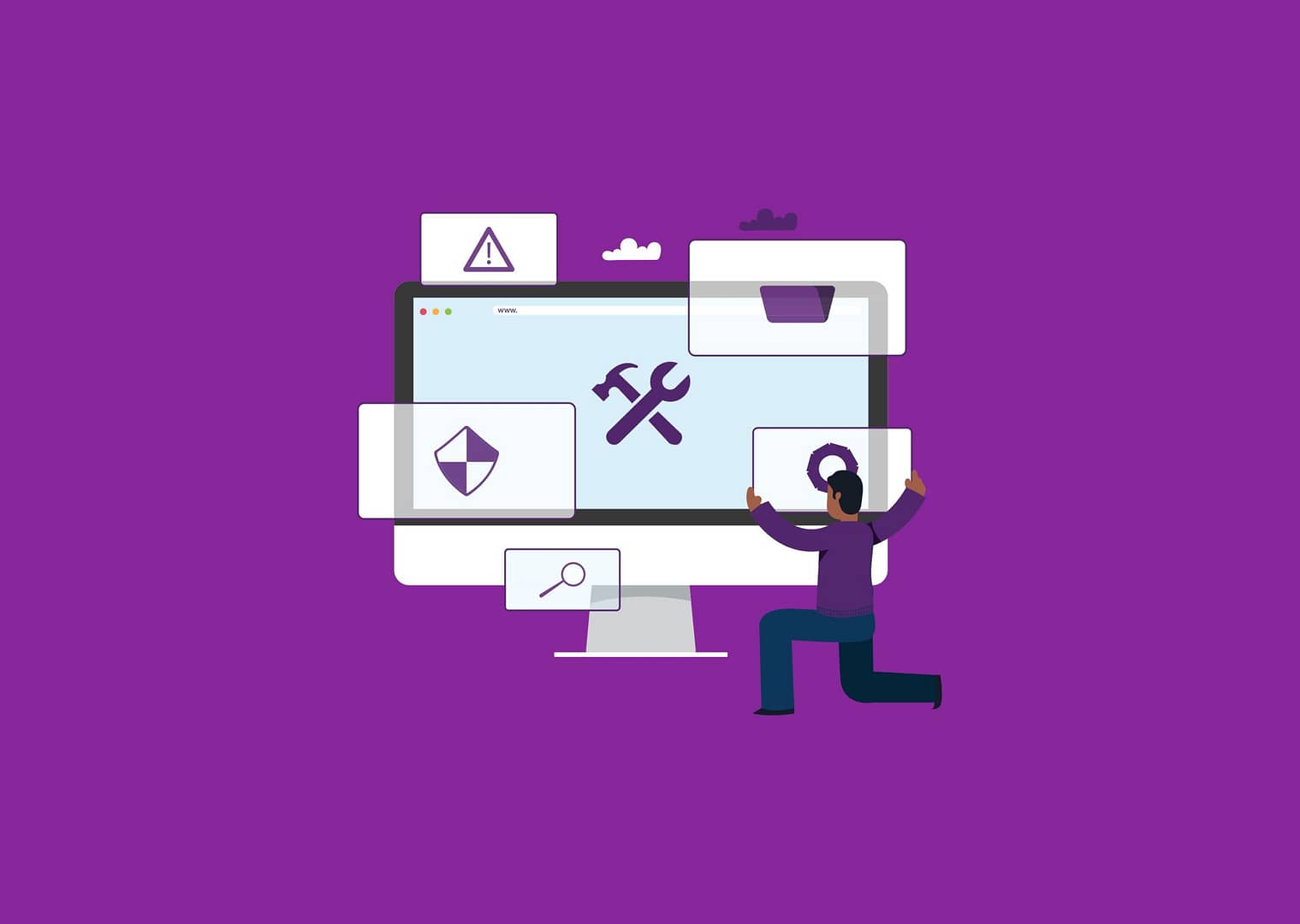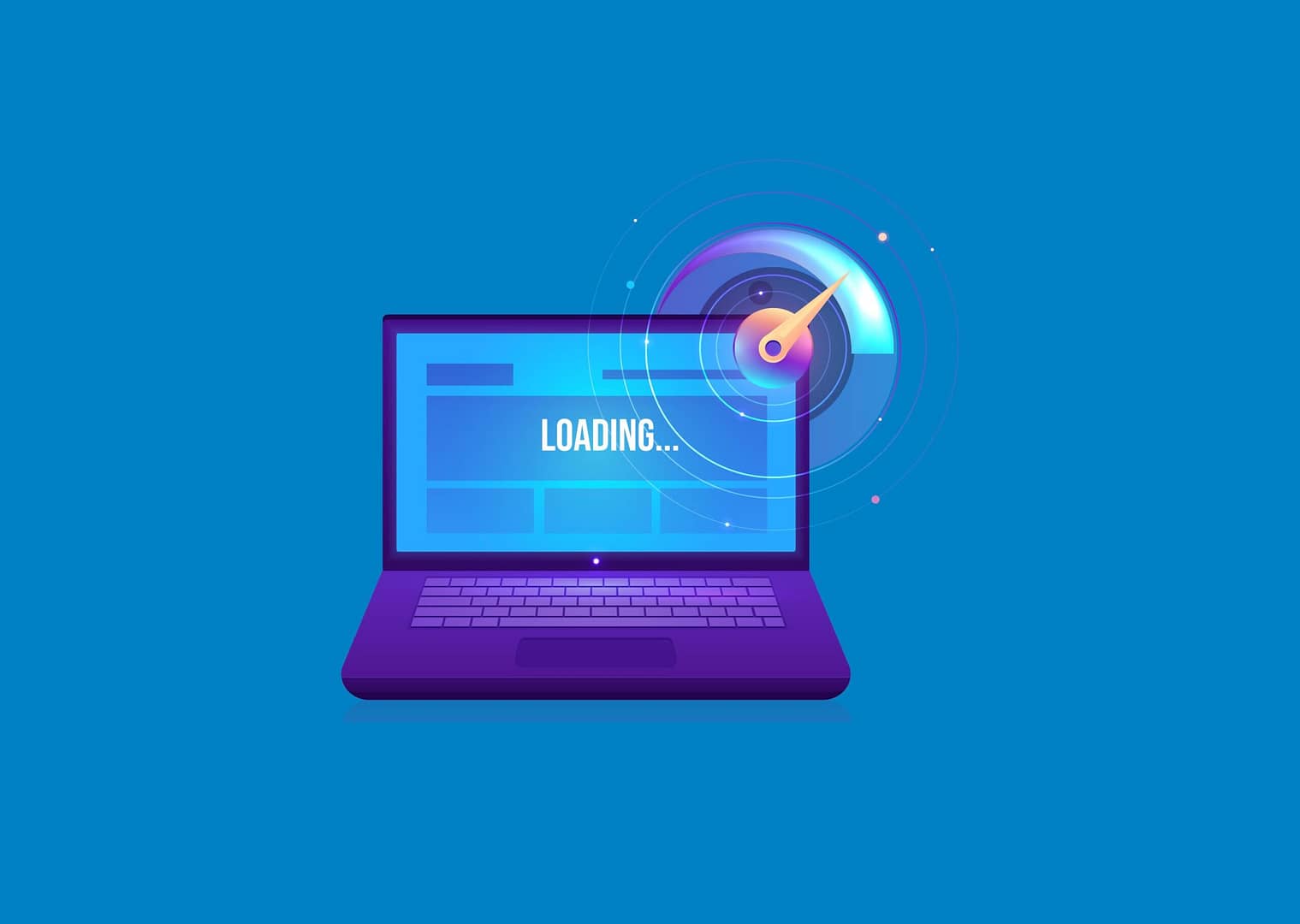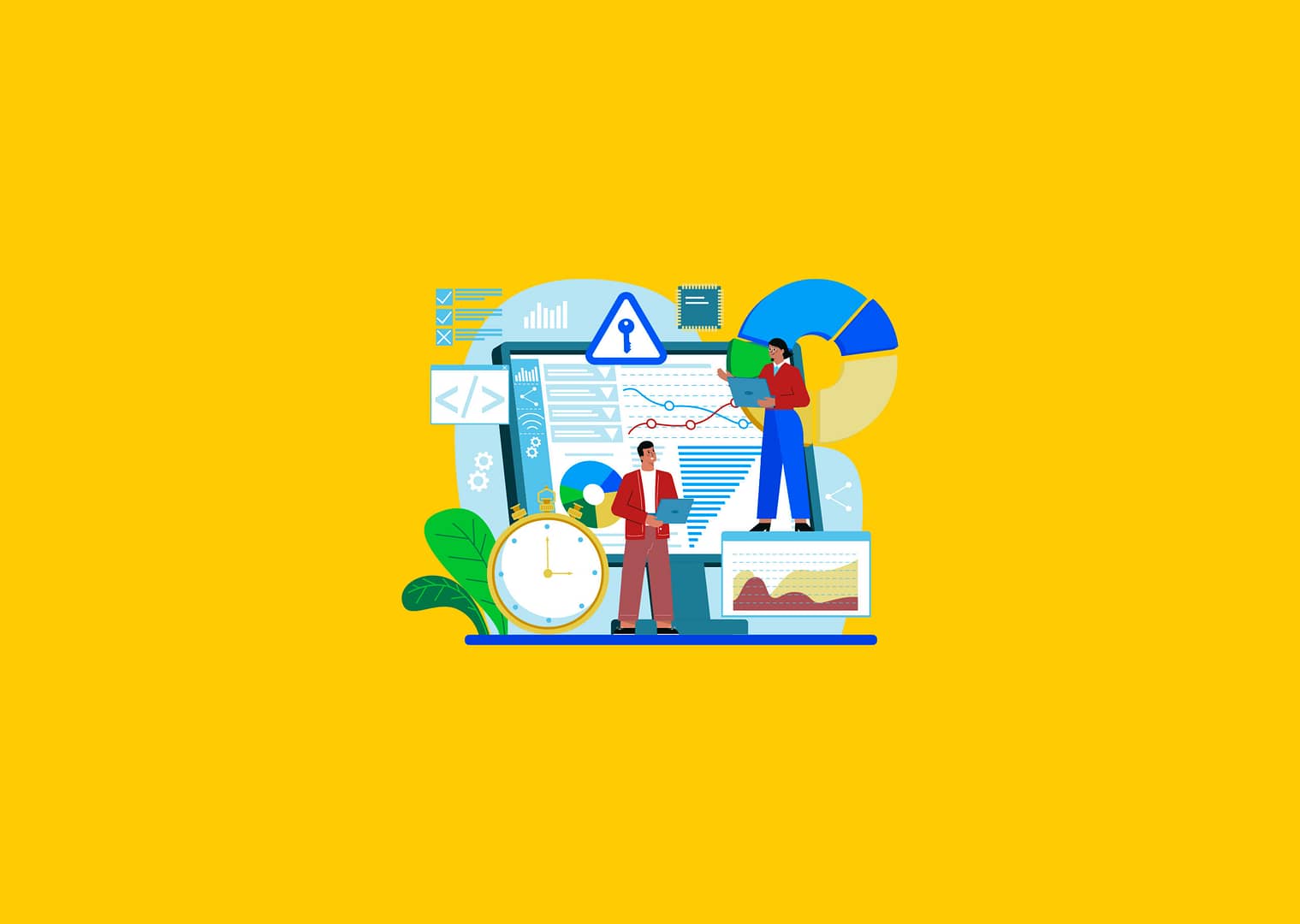Let’s be honest: when we land on a website, we feel something before we even read a word.
Maybe it’s trust. Maybe it’s curiosity. Maybe it’s confusion.
That first impression—how things look, move, and feel—shapes how we engage. In 2025, website design is no longer just about creating a pretty space online. It’s about making something that feels natural, welcoming, and effortless to use. It also needs to convey your business; who you are.
So, if you’re thinking about refreshing your website or launching a new one, here’s a friendly guide to the visual and user experience (UX) trends that are standing out this year. From colours and typography to navigation, grids, and sustainable design, let’s explore what makes modern websites not only look good but feel right.
Design trends ruling in 2025
Here are the 10 design trends that you need to know about in 2025:
1. Simple, smart navigation: Less searching, more finding
You know that moment when you’re on a website and can’t find what you need? Frustrating, right?
That’s why navigation design in 2025 is all about simplicity. Menus are getting cleaner, and the layouts are more intuitive. And the goal is to help people get where they want to go—fast.
Here’s what we’re seeing:
- Sticky headers that follow you while you scroll.
- Hamburger menus that are no longer just for mobile—they’re appearing on desktop too.
- Mega menus that show everything clearly, especially for eCommerce or service-heavy websites.
- Smart menus that adjust based on what page you’re on.
It’s not about showing everything; it’s about showing the right things at the right time.
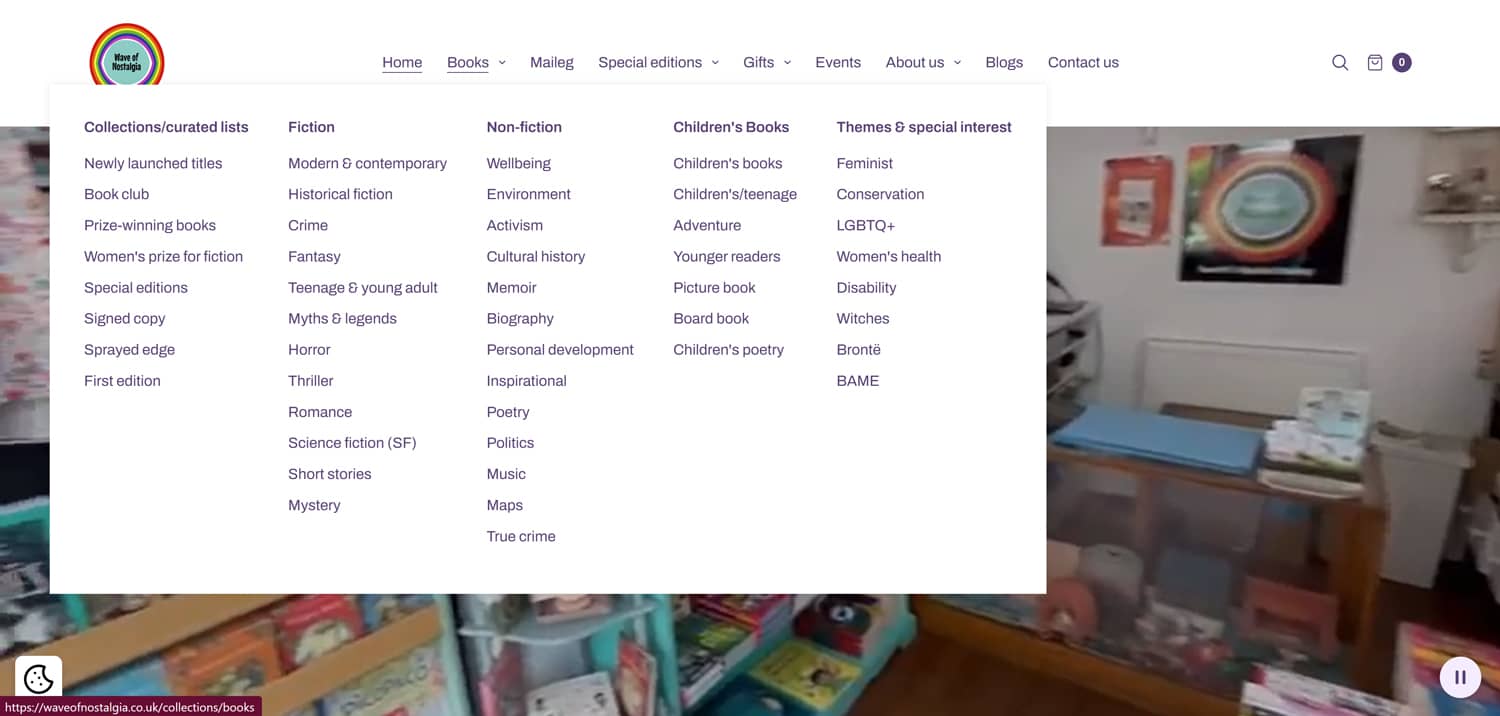
2. Colour that speaks without saying a word
Colours don’t just decorate your site. They create emotion, build trust, and guide attention.
In 2025, we’re seeing colour used more intentionally than ever before. Brands are choosing palettes that not only look beautiful but also feel aligned with their values and energy.
Some fresh trends:
- Bold, vibrant colours that bring energy to tech, fashion, and startup brands.
- Soft pastels that create calm and warmth (especially for wellness or coaching websites).
- High-contrast schemes that aren’t just striking—they’re accessible to everyone.
- Gradients that flow like a visual story—from bold to subtle, warm to cool.
And let’s not forget the rising importance of dark mode—sites that shift based on user preference are more inclusive and feel modern.
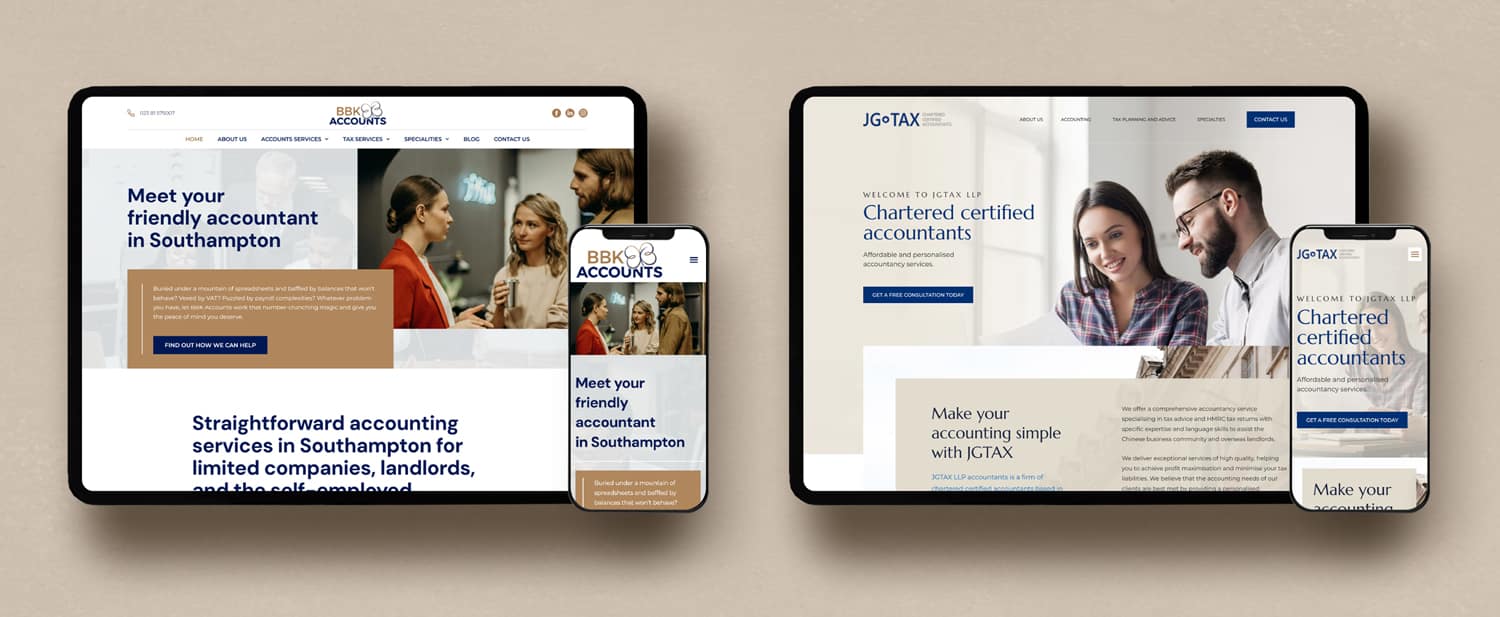
3. Typography that talks
Words matter. But so does how they look.
Typography is having a major moment this year. It’s no longer just about readability but about personality. The fonts you choose say as much about your brand as your logo does.
We’re seeing:
- Big, expressive headlines that instantly grab attention.
- Clean, minimal body fonts that feel easy on the eyes (especially on mobile).
- Serifs making a comeback – think timeless, elegant, editorial vibes.
- Variable fonts that adapt in size, weight, and style without slowing down your site.
A good font combination can make a page feel balanced, trustworthy, and just… right. It’s like the tone of voice—only visual.

4. Custom illustrations that feel handcrafted
Stock photos? They’re fading into the background. In 2025, websites are choosing visuals that feel real—because users crave authenticity.
Custom illustrations are popping up everywhere. Think hand-drawn elements, quirky icons, soft animations, or 3D graphics that add depth and playfulness.
Why people love them:
- They’re unique (no one else has your look).
- They add warmth and character to your brand.
- They create a visual style that’s hard to forget.
Even simple icons can make a big difference when they’re tailored to your voice and story.
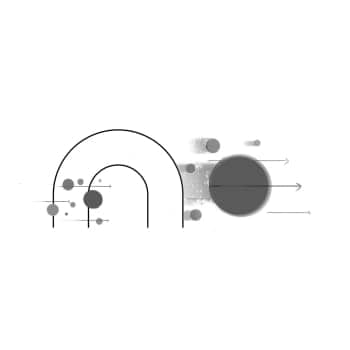

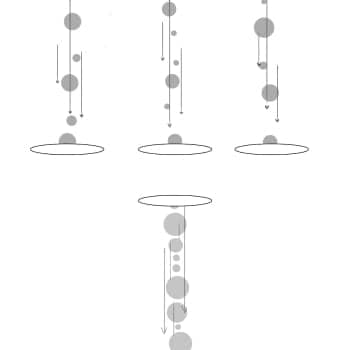

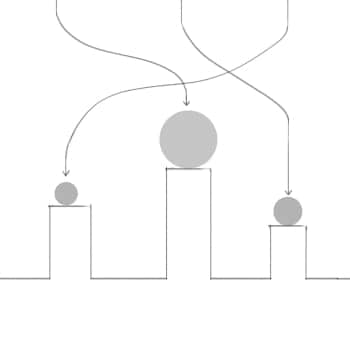

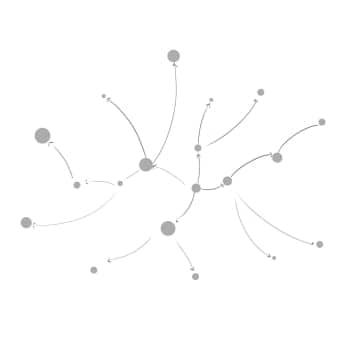

5. Organic shapes and patterns that break the grid (gently)
For years, websites followed strict rectangular layouts. Now? We’re embracing imperfection.
Designs are becoming more fluid and more playful. Instead of hard edges and rigid boxes, we’re seeing soft curves, blob shapes, abstract patterns, and overlapping layers that bring life to a page.
It’s like moving from a neat, lined notebook to a sketchpad full of ideas. It feels creative, open and human.
This doesn’t mean chaos; it’s more like controlled creativity. Designers are learning how to balance structure with expression.
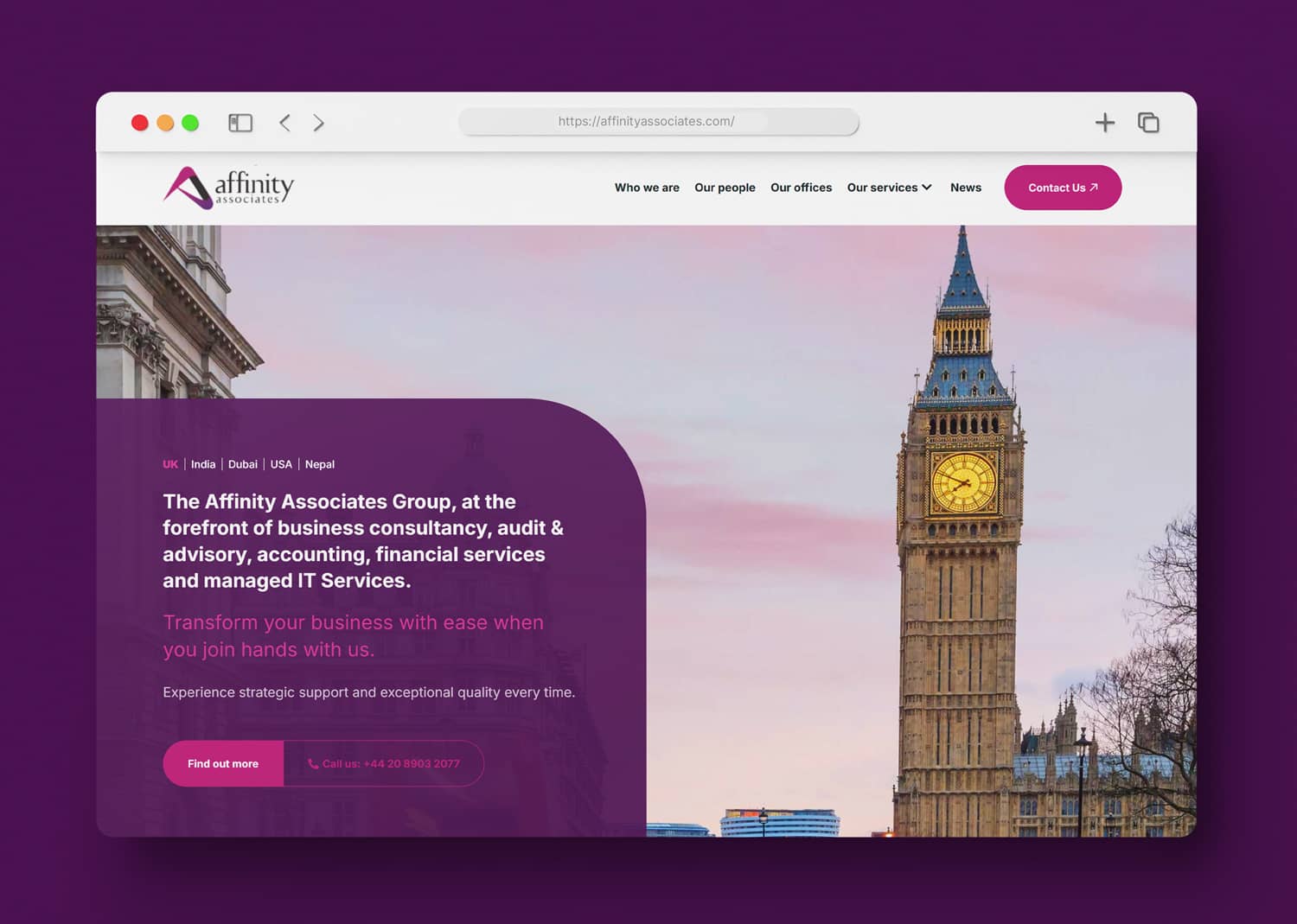
Stay in the know
Keep on top of how the latest marketing, SEO, branding and design tips can be used to
grow your business – delivered straight to your inbox.
6. Grids that keep things clear (but not boring)
Speaking of structure—grids are still the unsung heroes of web design. They keep everything aligned, readable, and flowing naturally.
But the new trend? Bending the rules a little.
Layouts in 2025 are using:
- Split screens to highlight two ideas side by side.
Masonry grids (think Pinterest-style) for blogs, portfolios, or image-heavy sites. - Modular blocks that make scanning super easy.
- Intentional asymmetry to surprise the eye and guide attention.
It’s all about making sure your site feels organised without feeling stiff.

7. Sustainable design: Lighter, faster, kinder
Here’s something that’s becoming more important by the day: digital sustainability.
Websites have a carbon footprint. And in a world that’s becoming more eco-aware, design choices matter. A lighter site isn’t just faster—it’s greener.
Here’s how sustainable design is showing up:
- Compressing images and videos so they load faster.
- Using system fonts (like Arial or Helvetica) to avoid font downloads.
- Skipping unnecessary animations that eat up processing power.
- Choosing lighter backgrounds (especially for OLED screens).
Small tweaks have a big impact on the planet and your users.
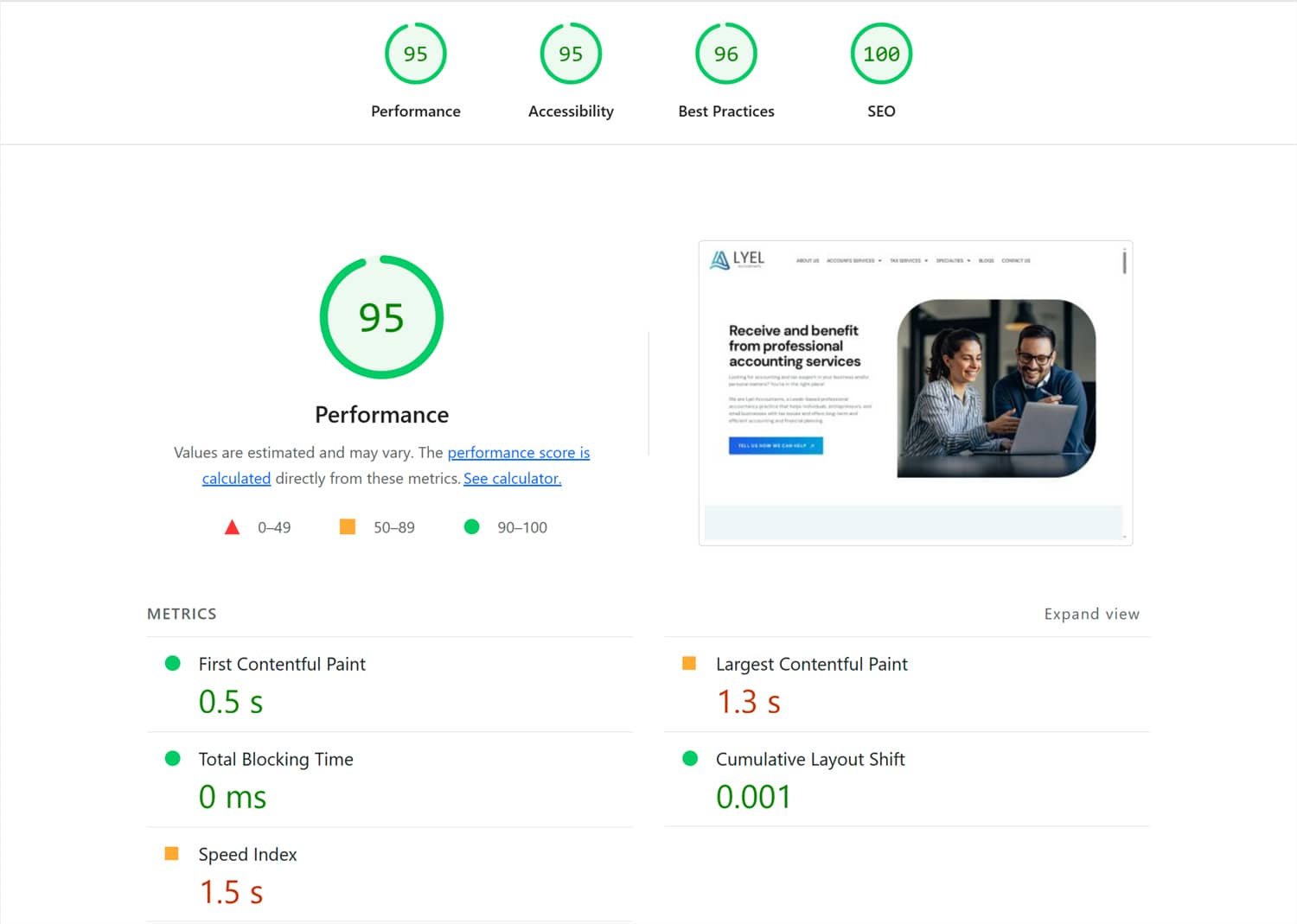
8. No-code & low-code tools that put power in your hands
You don’t need to be a developer to create a beautiful, functional site anymore.
Tools like Webflow, Framer, Editor X, and others are giving creatives full control—with drag-and-drop builders, live previews, and beautiful templates. You can customise nearly everything without touching code.
Why it matters:
- You can move faster, test ideas, and make changes anytime.
- You save money by skipping high dev costs (especially during the early stages)
- You get full creative freedom—even if you’re not “technical.”
This trend is huge for startups, solopreneurs, marketers, and designers who want to launch something quickly and professionally.
9. User Experience (UX): The heart of it all
Let’s not forget: all these visual trends mean nothing if your site’s hard to use.
UX is the core of good design in 2025. It’s about empathy. Simplicity. Flow.
Your users should never wonder:
- “Where do I click next?”
- “How do I get back?”
- “Why is this taking so long to load?”
Designers are focusing on:
- Clean, distraction-free layouts.
- Clear calls to action (“Learn More”, “Book a Call”, “Try for Free”).
- Scroll-triggered effects that feel smooth and subtle.
- Accessibility features that make sure everyone can use your site.
A beautiful site that doesn’t feel good to use won’t go far. People remember how you make them feel—and that applies online too.
10. Personalised design experiences
This last one’s a bit of magic.
With smarter tech, websites can now adapt to users in subtle but powerful ways. Think:
- Dark/light mode, depending on the time of day.
- Layouts that change for first-time vs. returning visitors.
- Highlighted content based on browsing behaviour.
This kind of personalisation creates a connection. It makes your site feel alive. And it reminds users that they’re not just another click—they’re seen.
Final thoughts: The human side of website design
When we think of “web design,” we often imagine tools, templates, and technical stuff. But really? It’s about people.
A great website in 2025 is:
- Easy to use.
- Easy to trust.
- Easy to remember.
It’s built with care, shaped by empathy, and designed for real humans—not just search engines or algorithms.
So whether you’re redesigning your site or starting fresh—focus on the human experience first. Trends come and go, but the connection never goes out of style.
Want to build a website that feels like you?
If this inspires you and you’re thinking, “Okay, I want this for my business,”—you don’t have to figure it out alone. Let’s talk. We’ll help you build something that looks great, works beautifully, and feels right—for you and your users. Contact us today!
Click here to read more: Short-form videos – The key to online visibility
